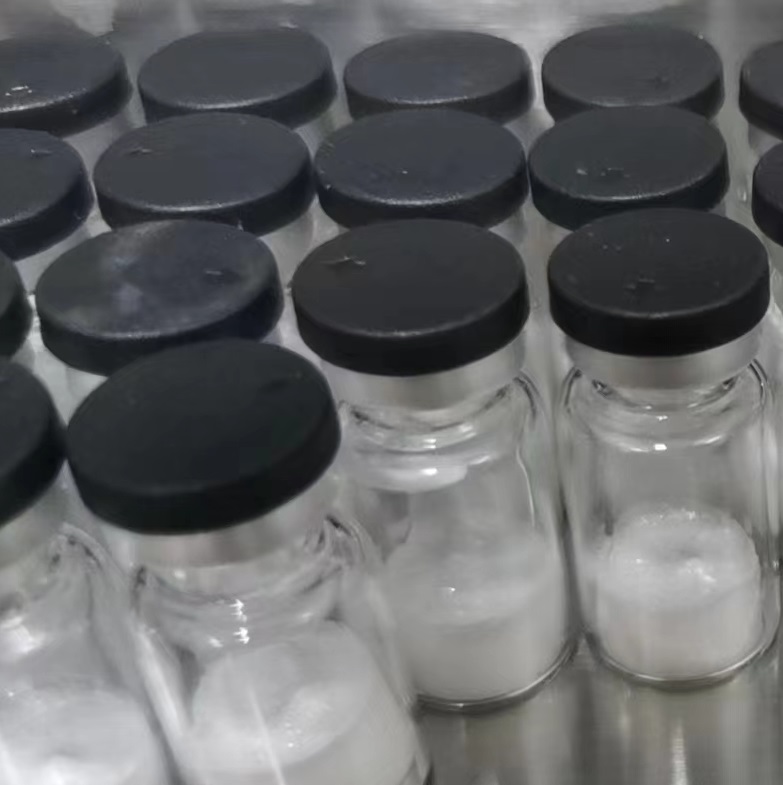-
Categories
-
Pharmaceutical Intermediates
-
Active Pharmaceutical Ingredients
-
Food Additives
- Industrial Coatings
- Agrochemicals
- Dyes and Pigments
- Surfactant
- Flavors and Fragrances
- Chemical Reagents
- Catalyst and Auxiliary
- Natural Products
- Inorganic Chemistry
-
Organic Chemistry
-
Biochemical Engineering
- Analytical Chemistry
- Cosmetic Ingredient
-
Pharmaceutical Intermediates
Promotion
ECHEMI Mall
Wholesale
Weekly Price
Exhibition
News
-
Trade Service
Translator: Deng Yujie, The Affiliated Hospital of Qingdao University
Introduction: On September 19-23, 2022, the international endocrine field conference "2022 European Association for Diabetes Research Annual Meeting" was held
in Stockholm, Sweden in the form of "online + offline".
A study entitled "Conversion of Type 2 Diabetes Patients from Multiple Insulin Injections to a Fixed Combination of Degu and Liraglutide: Simplifying the Study: Results After 3 Months" was shared by scholars at the meeting
.
Study the design
This study was a non-randomized, open-label, multicenter, single-arm prospective study to assess whether patients with type 2 diabetes mellitus (DM2T) switched from basal insulin + subcutaneous insulin at mealtime (IIT) to the basal insulin analogue insulin deglucosamine and the GLP-1 agonist liraglutide (IDegLira) fixation combination in blood glucose control, body weight, blood pressure, and blood lipid levels at least as effective
as previous IIT therapy.
The analysis
was performed 3 months after the start of the trial.
Diabetes management faces additional challenges due to poor health in older T1D patients, a higher risk of serious development, and possible cognitive and responsive issues
.
In studies of closed-loop (CL) therapy using continuous glucose monitoring (CGM), no specialized studies
have been conducted in the elderly population.
The study included 147 DM2T patients with a duration of > 5 years, an IIT treatment > 12 months, HbA1c >7%, insulin secretion function, and a total daily insulin dose (TDDI) of <0.
7 U/kg body weight or <70 U/day
.
Comparison of glycemic control parameters (HbA1c, glycemic profile in the glycemic profile)
during IIT therapy and 3 months after subsequent conversion to IDegLira therapy.
In one patient subgroup (n=31), continuous glucose monitoring (CGM) is performed and time within target range (TIR), time outside target range (TAR), and time below target range (TBR)
are assessed.
Other endpoints included body weight (BW), body mass index (BMI), blood pressure, blood lipids, incidence of hypoglycemia, and dose
of insulin.
The conversion from IIT to IDegLira is performed in an outpatient visit with an initial dose of up to 16 U followed by titration
according to ± 2-4 U/3 days.
Results of the study
1.
Analysis of results after the first 3 months after treatment showed that the transition from IIT to IDegLera was significantly associated
with HbA1c (8.
6±0.
9 vs 7.
7 vs 1.
2, p<±0.
0001) and improved plasma glucose levels in the blood glucose curve.
2.
TIR and TAR values also improved, but the difference was not statistically significant
.
3.
Changes in treatment were also associated
with significant weight loss (97.
7±18.
3 vs 94.
2 ± 17.
9 kg, p<0.
0001), BMI, systolic blood pressure, triglycerides, total cholesterol, and LDL cholesterol.
4.
The incidence of self-monitored hypoglycemia (0.
52 vs 0.
03 episodes per patient, 19.
7% vs 3.
4%) and TBR (2.
8% vs 0.
8%, p<0.
05 CGM) were also significantly reduced, and the dose of insulin used was also significantly reduced (55.
6±14.
3 vs 30.
9 ±9.
4 U, p<0.
0001).
Summary of this article
The conversion from IIT to IDegLera in DM2T with HbA1c >7%, residual insulin secretion and TDDI <70U is a safe, effective and less demanding form of treatment whose benefits are already evident
in the first three months after treatment.
Introduction of translators
Deng Yujie
Doctor of Endocrinology
Graduated from Ruijin Hospital affiliated to Shanghai Jiao Tong University, he has been engaged in basic and clinical work related to endocrine and metabolic diseases
He presided over the National Natural Science Foundation of China Youth Project, Shandong Natural Science Foundation Youth Project, Qingdao Postdoctoral Applied Research Project, and Shandong Geriatrics Association Science and Technology Public Program Project
He has published more than 10 SCI articles as the corresponding author, the first author and the co-first author, and applied for 1 international invention patent and 1 national invention patent (both first).
Good at diabetes, obesity, osteoporosis, adrenal, thyroid and other related diseases in the diagnosis and treatment
.







